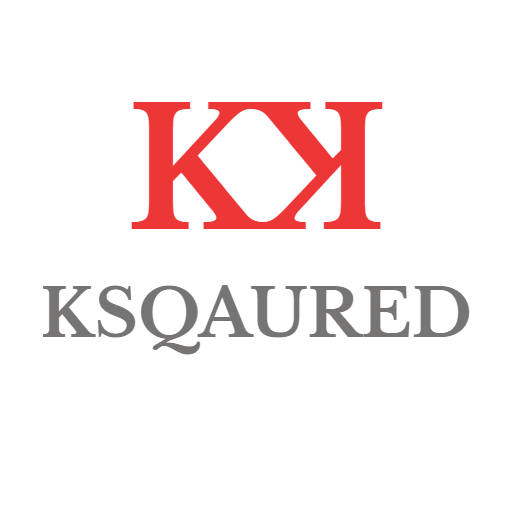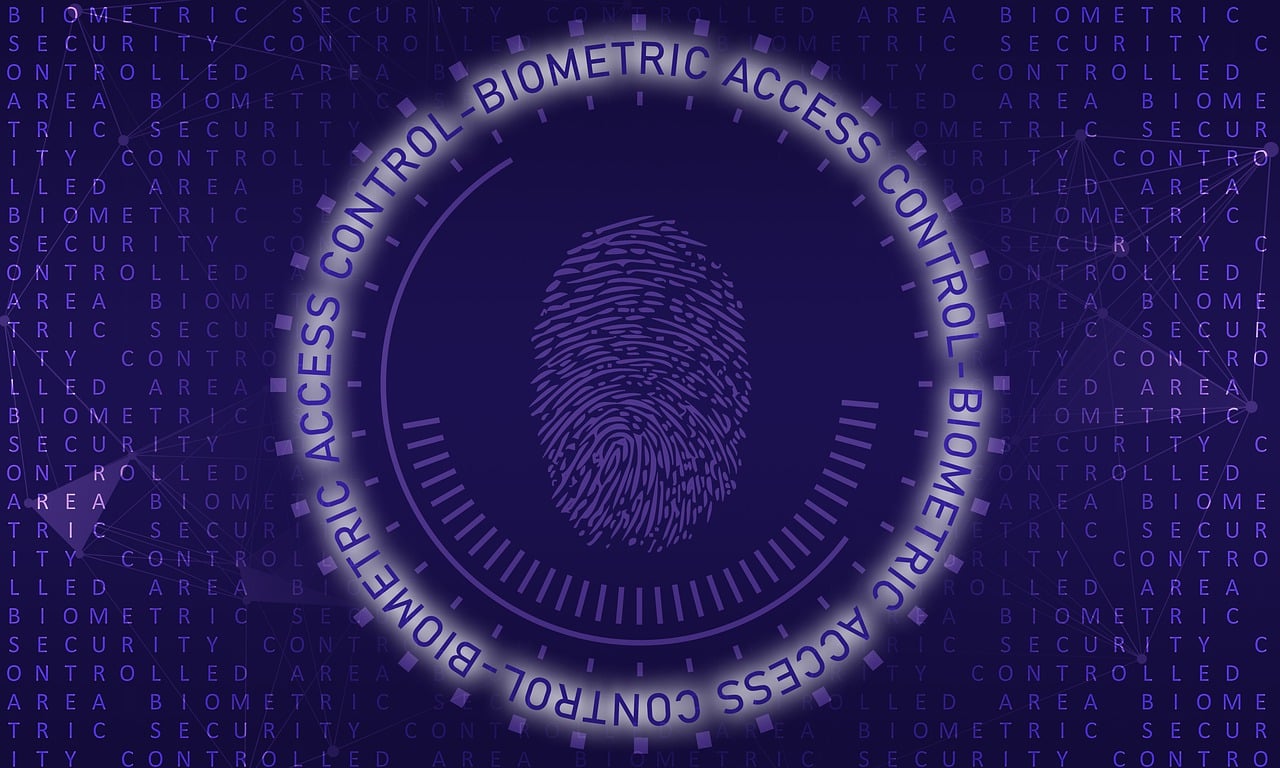Control Techniques Used In Organisation
Analysing the benefits, downsides, and feasibility for a range of situations is part of assessing diverse access control strategies employed by businesses. Below is a thorough analysis of many popular access control styles.
Mandatory Access Control (MAC) One kind of access control fashion is mandatory access control (MAC), in which access controls are controlled by a central authority according to several security categories. users are unfit to modify the access programs that the operating system or security kernel has established.
The system enforces the security programs. Security markers, which categorise the degree of responsibility of users and the perceptivity of information are used to make judgements about access to coffers and users.
Advantages of Mac An advanced position of security and a dropped chance of data breaches are handed by MAC since access programs are centrally managed and cannot be changed by users.
To ensure compliance with rules and norms, MAC systems are constantly necessary in settings with strict security conditions, similar to government and military organisations.
The invariant operation of security measures is assured by the nonstop enforcement of programs throughout the whole system. The disadvantages of MAC systems’ severity are less applicable to surroundings where access conditions must be flexible or change frequently.
A MAC system can be delicate to apply and maintain, taking a lot of executive work. Because they’ve limited control over their access restrictions, users could find MAC restrictive.
Discretionary Access Control (DAC) is a kind of access control known as Discretionary Access Control (DAC) gives the resource proprietor the power to decide whether or not to authorise access to their coffers. The programs established by the resource proprietor and the stoner individualities serve as the base for access controls.
For less inflexibility, users can assign other users access rights. Advantages of Digital Analytics DAC is applicable for dynamic surroundings where access conditions vary regularly since it makes it simple for resource possessors to acclimate access controls. Individuals who can control access restrictions and manage their coffers find DAC systems to be more intuitive to operate.
Compared to further restrictive access control models, DAC systems are generally simpler, less precious, and easier to make and maintain. The disadvantages of DAC systems include that they are more vulnerable to security pitfalls, similar to purposeful or unintentional abuse of controls because users maintain control over their access rights.
Uneven Enforcement Because of DAC’s inflexibility, security regulations may not be applied constantly, which raises the possibility of unwanted access. Absence of Centralized Control It might be delicate to keep centralised control and supervision when users manage their access rights.

Non-Discretionary Access Control (NDAC) Non-Discretionary Access Control (NDAC) refers to access control styles in which programs are assessed and regulated centrally.
Unlike MAC, NDAC programs are constantly grounded on rules or places rather than only on security markers. One popular type of NDAC is called part-grounded access control (BAC), in which access boons are distributed according to places inside an organisation.
Advantages of NDAC Because NDAC gives access programs centralised control, managing and administering security programs slightly throughout the company, is made simpler. dropped executive Charges NDAC makes managing access rights easier by allocating controls according to places or rules, which lessens the executive burden. Large numbers of users and coffers can be handled well by NDAC systems, particularly RBAC, which are scalable.
The disadvantages of NDAC systems can nonetheless be less flexible than DAC systems, indeed, though they’re more adaptable than MAC systems. This could make them less applicable to surroundings where access conditions change constantly.
A deep grasp of organisational places and duties is necessary for the original setup and part description, which can be delicate and time-consuming. The possibility of part expansion and the proliferation of positions in large organisations can affect complexity.
In summary, every access control model has advantages and disadvantages. its own, including Mandatory Access Control (MAC), Discretionary Access Control (DAC), and Non-Discretionary Access Control (NDAC). MAC is rigid but provides strong security and invariant enforcement.
Although DAC is flexible and simple to use, there are further security issues. NDAC balances centralised control and scalability, especially through RBAC, although it can be delicate to set up and maintain. The organisational structure, functional conditions of the terrain, and special Security conditions all impact the choice of access control architecture.
Internet Source:
What is Role-Based Access Control | RBAC vs ACL & ABAC | Imperva
Access Control Models and Methods | Types of Access Control (delinea.com)


Leave a Reply